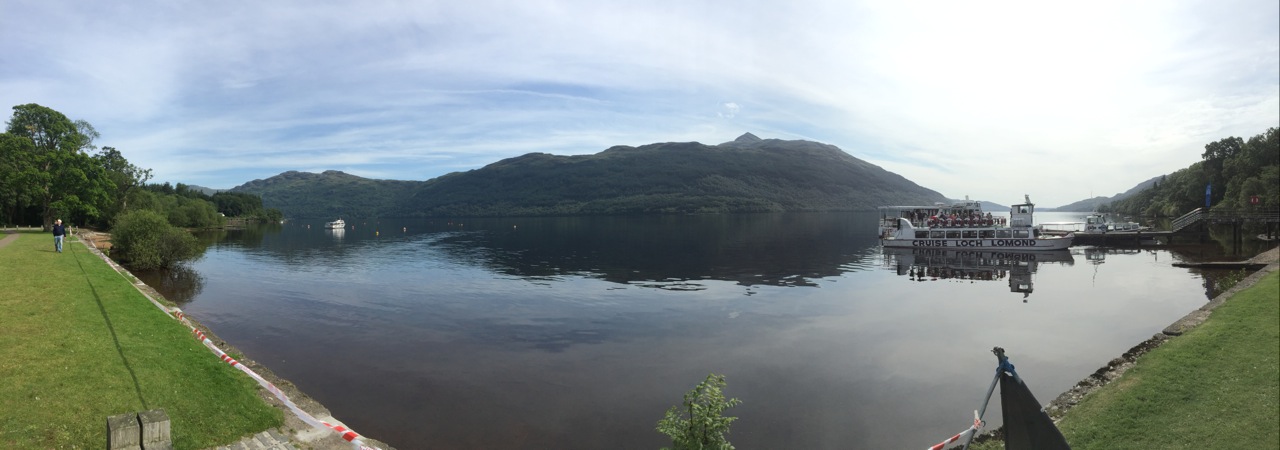Up 120 feet in the forest canopy last week, I launched off a platform surrounding a towering 1,000-year-old kauri tree in Dansey Forest, Roturua, New Zealand. Holding onto my harness straps, I pushed off with my feet, surrendered my weight to the zipline, and went flying 720 feet through the treetops. About halfway through the flight, I let go of the harness, leaned back and spread out my arms. Exhilarating!
I had a little help of course. I was part of a group of 10 zipliners led by guides Scott and Kathy, locals employed by nonprofit Rotorua Canopy Tours.
During our three-hour adventure, we whizzed over .75 miles of ziplines, traversed three swinging bridges, and hung out on five tree platforms, all the while learning about the plight of New Zealand’s native birds and the group’s ongoing efforts to help them survive. By the time the tour ended, I was glad to know that a portion of my ticket price would be invested in supporting these efforts.
Kathy explained that 51 bird species endemic to New Zealand including the moa and other flightless birds are now extinct, while many other species are in decline. Because New Zealand birds evolved in isolation when there were no existing land mammals to prey on them, they never developed natural defenses needed to fend off introduced mammals.
While humans hunted the moa and other large birds, the nail in the coffin for many extinct bird species was the introduction of exotic mammals such as the possum, rat and stoat (a type of weasel). Fur traders introduced the possum because of its value in pelts, the rat came into New Zealand as a stowaway on ships, and the stoat was introduced in hopes that it would prey on rabbits, which were themselves introduced earlier with prolifically tragic results.
Some of the favorite foods of the possum are the new growth on New Zealand’s native trees and the eggs of its native birds. There are now some 30 million possums in New Zealand, so their impact is astounding.
The rat also likes to eat native birds, as well as the seeds and fruits of the native trees, inhibiting their ability to propagate. Perhaps worst of all is the stoat; once introduced to New Zealand, the stoat lost its taste for rabbits and instead took to preying on native birds, especially the kiwi, New Zealand’s national icon.
As all of these exotic mammals were being introduced, New Zealand’s native forests were being decimated by logging and slowly replaced with introduced tree species like Monterey pine, which is now the country’s leading commercial timber tree. As native forests were replaced with exotic tree plantations or converted to farmland, the habitat of New Zealand’s native birds took a huge hit.
What could be done to turn this around? The founders of Rotorua Canopy Tours, James Fitzgerald and Andrew Blackford, decided to create a successful eco-tourism business to support the active trapping and killing of possums, rats and stoats on this 1,235 acre Dansey Forest to bring back native bird populations. The group joined into a partnership with the New Zealand Department of Conservation, which owns the land.
Their efforts have paid off. After testing different kinds of traps, the company now has installed more than 1,000 instant kill and humane traps in the forest. To date, 10 percent of the Dansey Forest is free from these exotic predators. Zipliners can now hear the birdsongs of the native North Island robin, the tomtit, tui, and the kaka, which are returning to the forest.
Betsy Herbert is a freelance writer who is on a year-long journey around the world. You can read her travel blog and environmental articles on her website, www.betsyherbert.com.

























